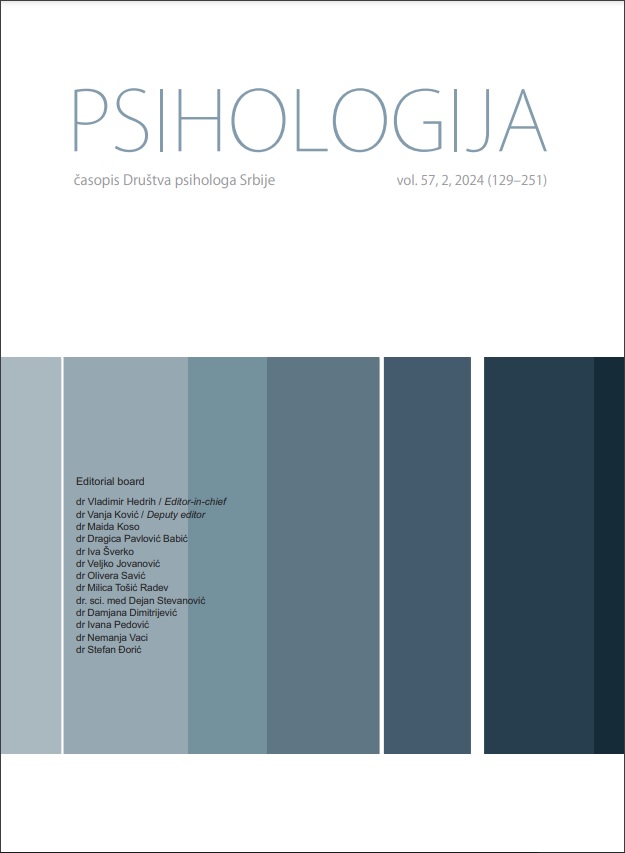The effect of continuous artificial non-musical auditory stimulation on cardiorespiratory endurance and perceived exertion
The effect of continuous artificial non-musical auditory stimulation on cardiorespiratory endurance and perceived exertion
Author(s): Hesam Ramezanzade, Rasool Abedanzadeh, Fabrizio Sors, Mauro Murgia, Tiziano Agostini, Akbar ForatiSubject(s): Neuropsychology, Behaviorism
Published by: Društvo psihologa Srbije
Keywords: auditory intervention; sound frequency; perceived exertion; blood pressure; blood oxygen level
Summary/Abstract: This study aimed to investigate the effects of auditory stimulation with different frequency variations (increasing, decreasing, and constant) on performance, physiological parameters and perceived exertion in the shuttle run test. Twenty-four healthy sports science students participated in this experimental study and performed the shuttle run test under four different conditions: a) standard (as baseline); b) auditory stimulation with increasing frequency; c) auditory stimulation with decreasing frequency; and d) auditory stimulation with constant frequency. The results showed that maximal oxygen consumption in the decreasing-frequency condition was significantly higher than in any other condition and performance in the increasing-frequency condition was higher than that in the constant and standard conditions. The results also showed that in the initial and intermediate phases of the test, heart rate and perceived exertion were lower in both the increasing– and decreasing– frequency conditions than in the constant frequency and standard conditions. The results of the present study suggest that the use of auditory stimulation with decreasing frequency and increasing frequency can improve performance in endurance tasks. Future studies should better understand the different effects of these two types of stimulation and investigate whether they lead to long-term improvements
Journal: Psihologija
- Issue Year: 57/2024
- Issue No: 2
- Page Range: 155-175
- Page Count: 21
- Language: English, Serbian

